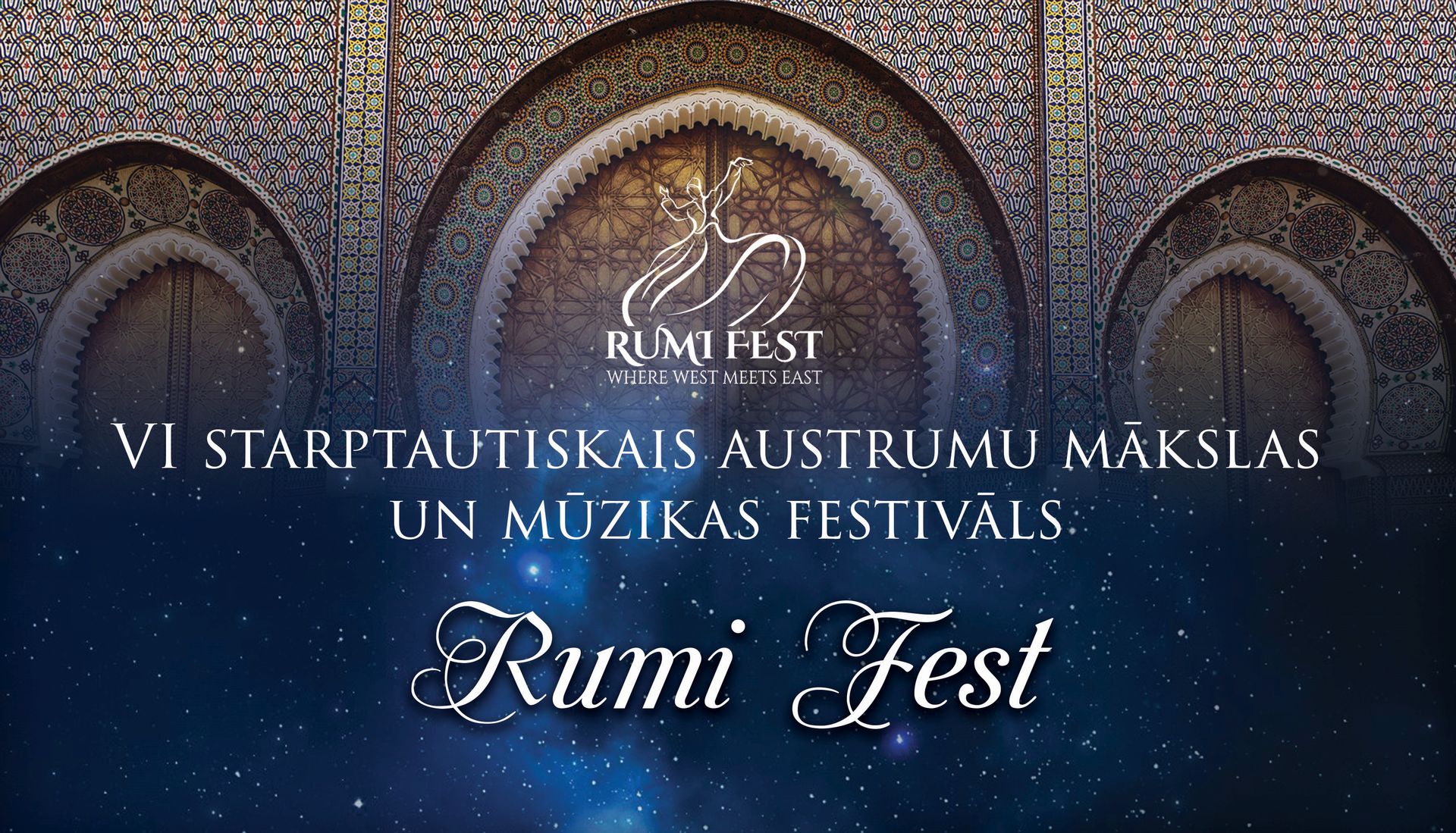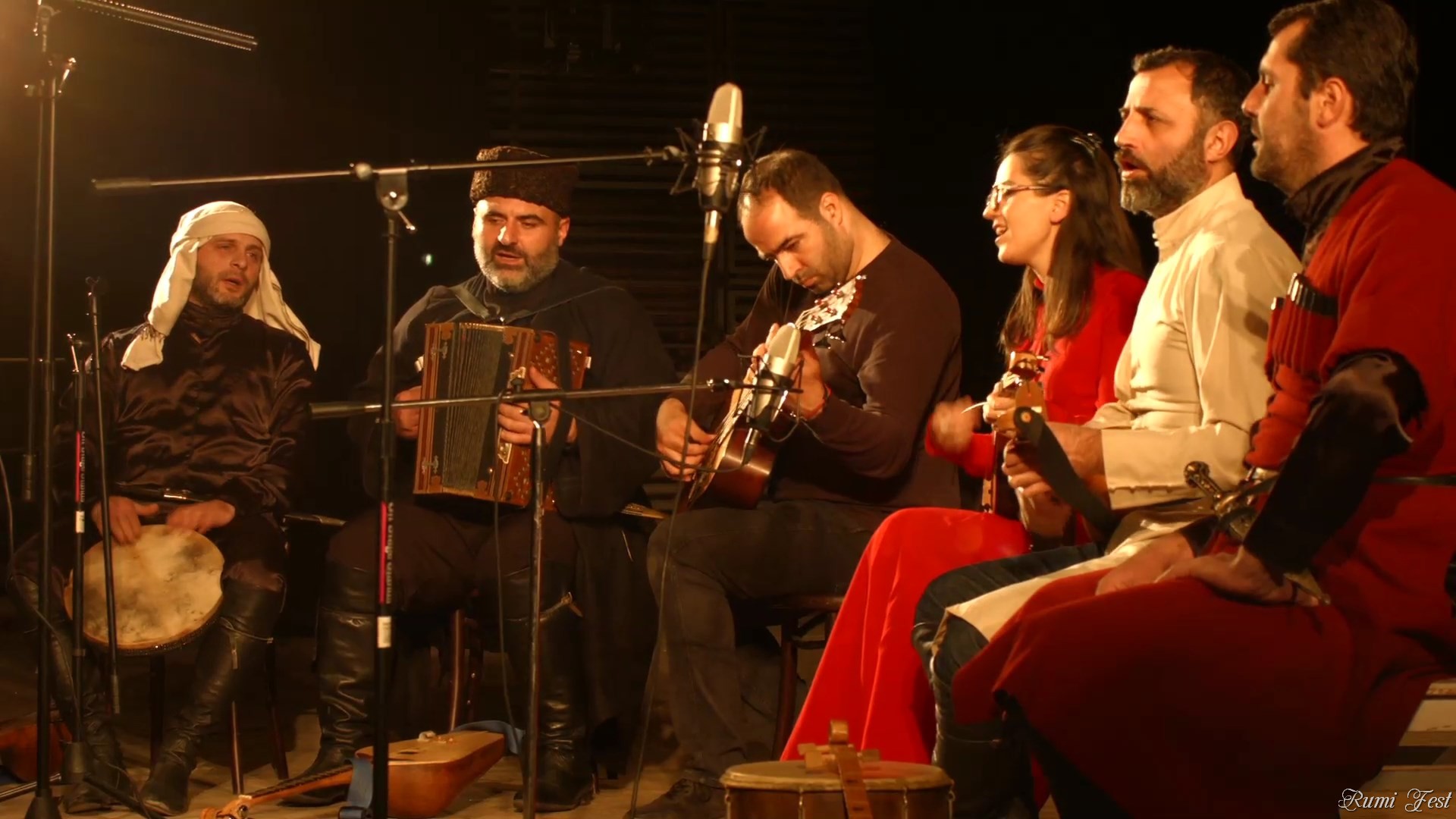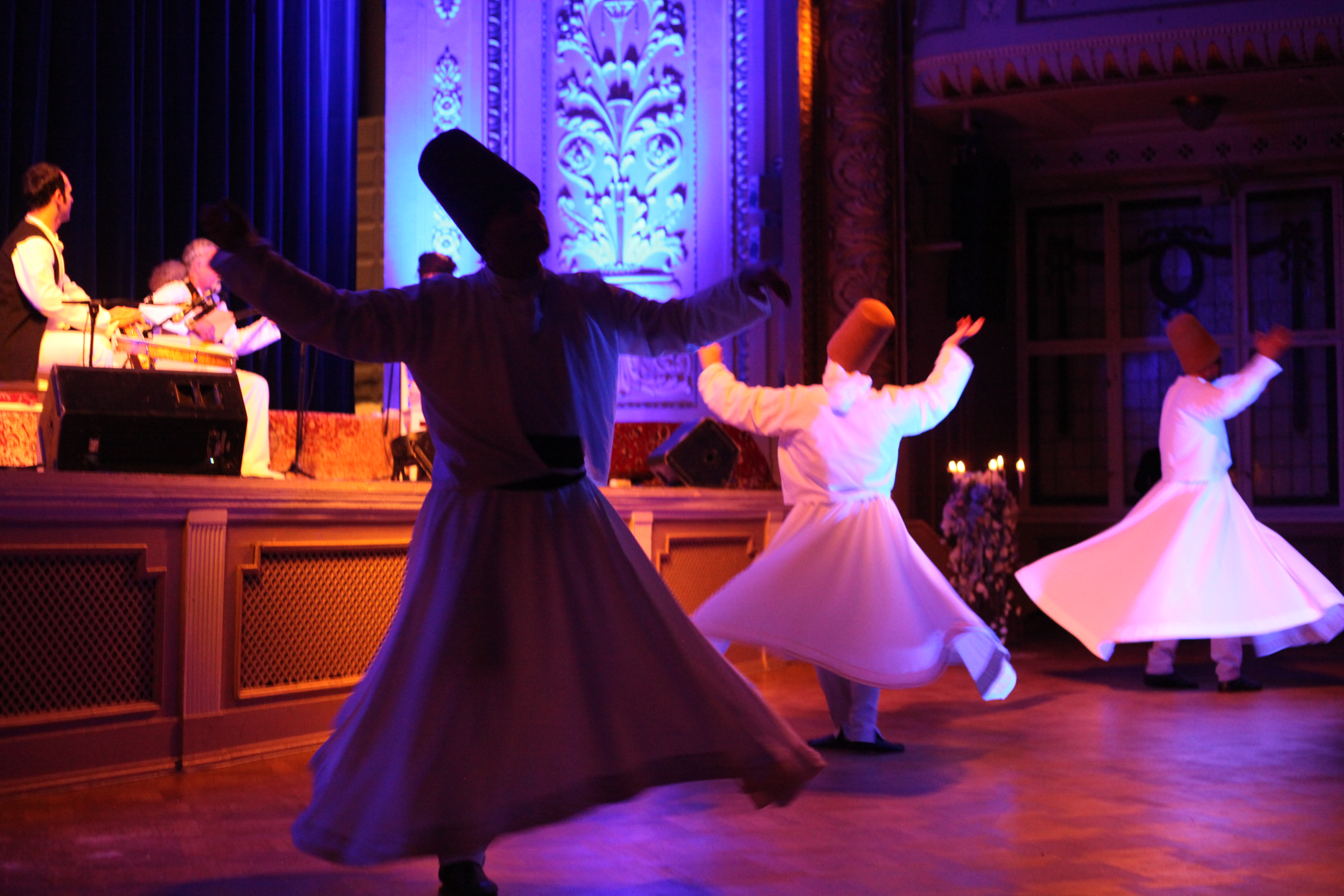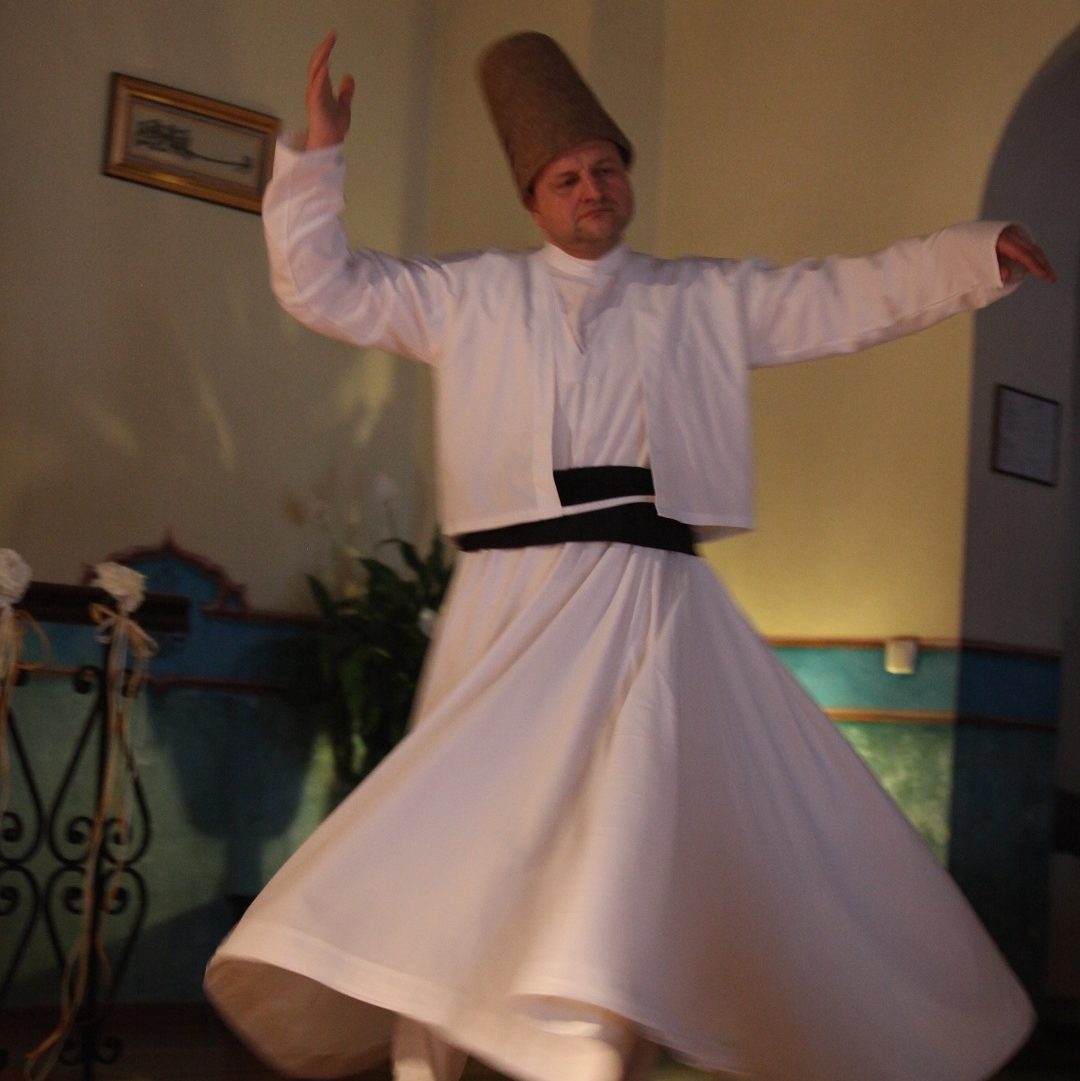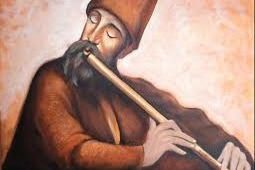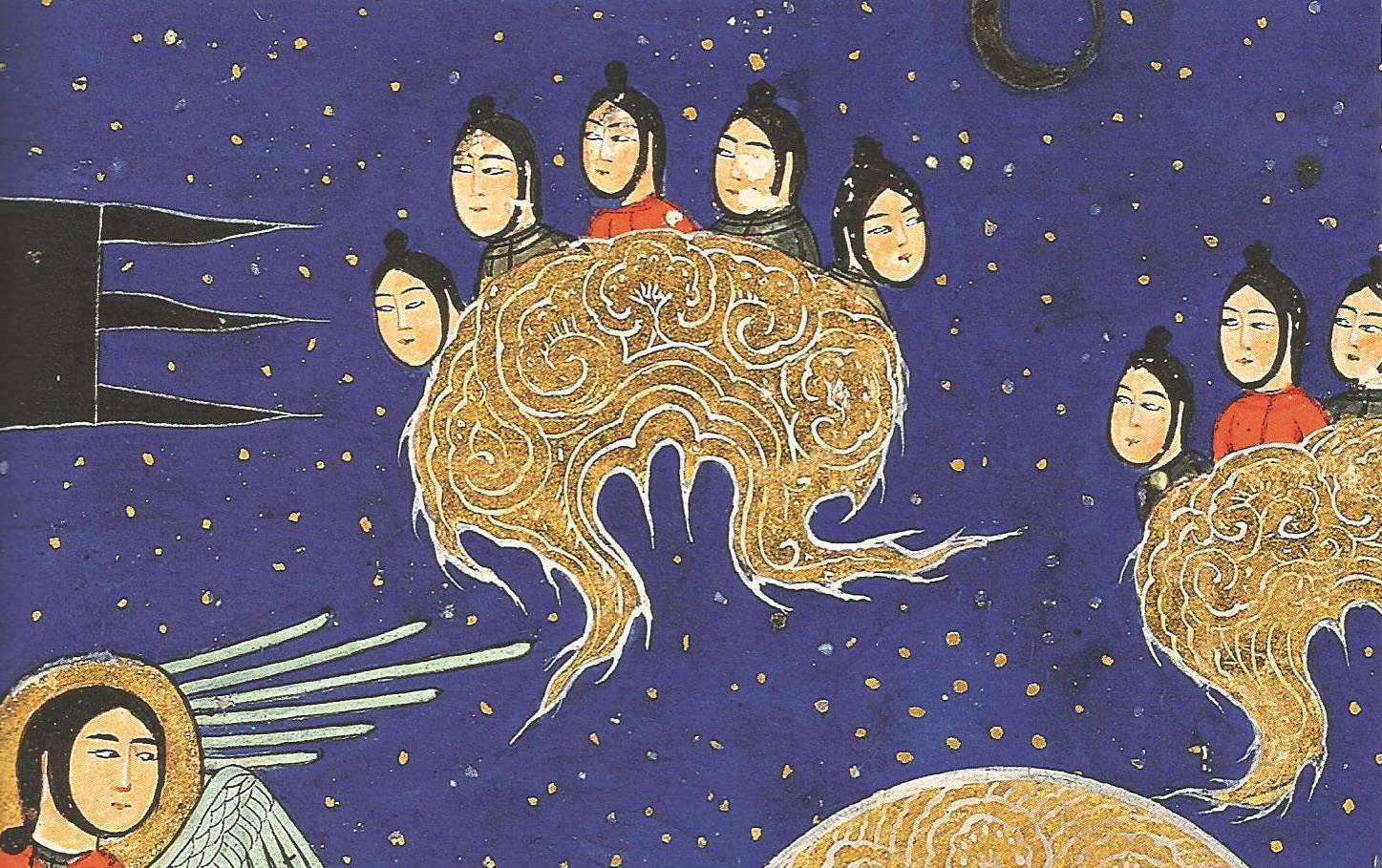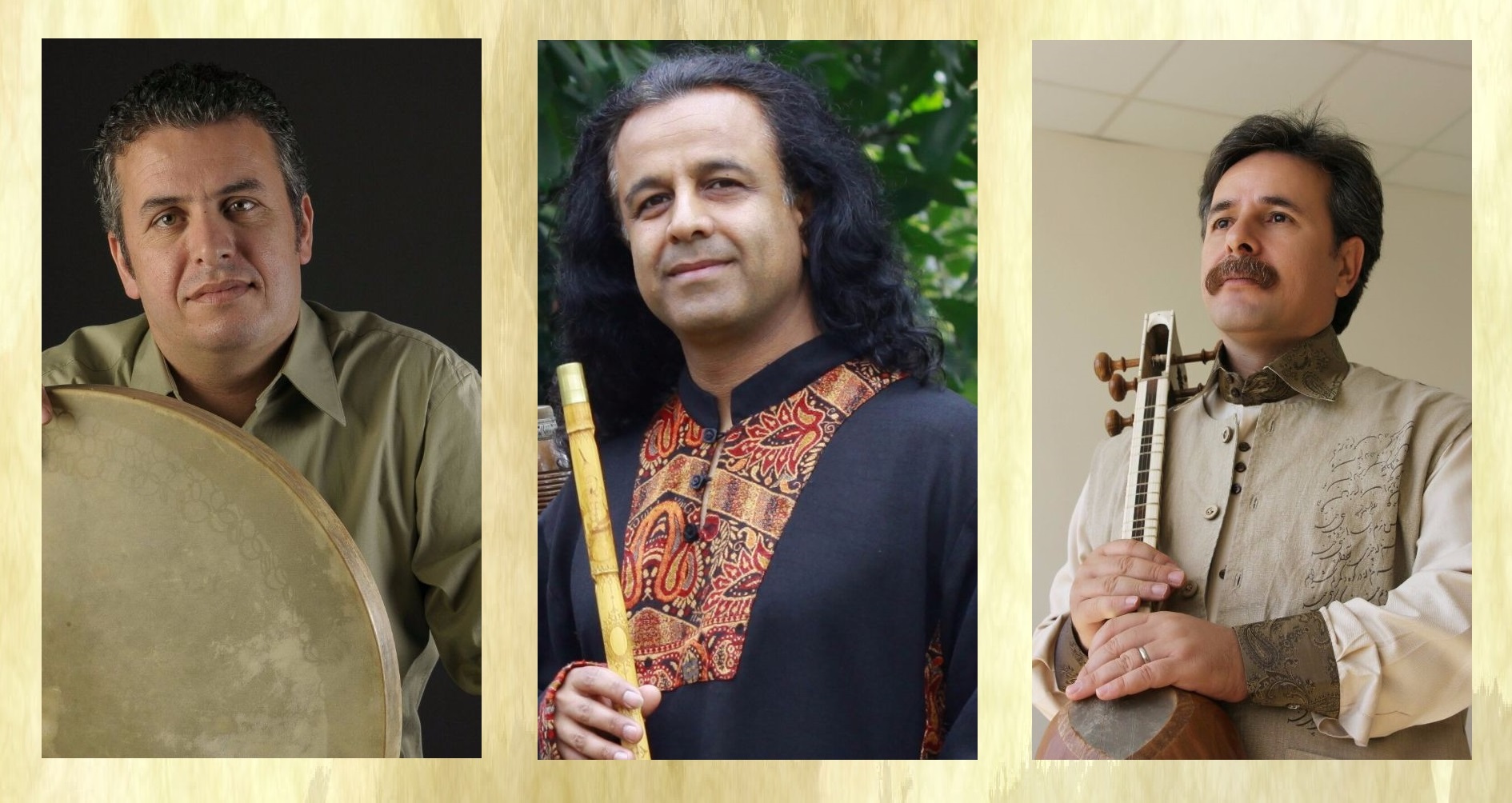[vc_row][vc_column][vc_column_text]Ornaments of melodies, dances and colours…
In 2019 the VI International Festival of Oriental Art and Music “RUMI FEST” featured a range of cultural events.
The organizing society made every effort to let the event become a joyful occasion, and gives their thanks to all the participants and guests of the festival, who helped to make the festival unforgettable. A very special thank you to our partners for their support of the Festival! That was a holiday for everyone!
And now we will try to tell about the “RUMI FEST” this year more in detail.
The VI Festival of Oriental Art and Music “RUMI FEST” was opened with the Ebru Art exhibition. The exhibition presented art works by the special guest from Turkey – Ozden Aidin, students of the studio EBRU RĪGA, pupils of the gymnasium “Maxima”, wards of Riga social care and rehabilitation centre (SARC) branch “Kalnciems”, who are studying and practicing the art of Ebru. That amazing exhibition and master classes under the guidance of Ozden Aidin opened a new page in cultural exchange between Latvia and Turkey, gave a chance to touch the ancient culture of the oriental country.
For more information about the exhibition please search here.
Ozden Aidin’s master classes and workshops were held from 5 until 10 May. The program included a training seminar for children, a training seminar for adults, master classes of Ebru and an in-depth study of Ebru technique. The master classes of Ebru were open for everyone interested in this ancient art of drawing on water. Ozden Aidin was very pleased and enthusiastic in showing a lot of interesting and sophisticated Ebru techniques. Visitors could work individually and under the master’s guidance.
The main events of the Festival took place in September, just before the birthday of Jalaluddin Rumi. This year “RUMI FEST” presented art projects and tandems of musicians and artists from various countries, who united specially for the festival “RUMI FEST” and made concert programs that open new approaches, new dimensions and combinations of musical styles and art genres.
Day 1 — 26/09/2019.
The musical part of the Festival was opened with the concert by the Turkish dance virtuoso Alper Akçay accompanied by the trio of Iranian musicians “Hamdam”. Alper Akçay is a multigenre artist, he demonstrated his mastery dance improvisation based on ancient mystical Sufi rituals, original pieces of choreography, combining whirling and dance. “Hamdam” plays the repertoire of compositions based on poems by the greatest Sufi poet and philosopher Jalaluddin Rumi. Lyrical and entrancing mix of Rumi’s poetry, sounds of Ney (reed flute), played by one of the world best Ney players Dariush Rasouli, completed by Iranian Daf and Kurdish Lute enchanted the audience. The concert venue was the hall of the Riga Latvian Society House.[/vc_column_text][vc_row_inner][vc_column_inner][us_gallery ids=»1884,1887,1890,1893,1896,1899,1902,1905,1908,1911,1914,1917,1920,1923,1926,1929,1932,1935,1944,1950,1953,1956,1959,1965,1968,1974,1980,1983,1986,1992″ columns=»6″ indents=»1″][/vc_column_inner][/vc_row_inner][us_separator thick=»3″][vc_row_inner][vc_column_inner][vc_column_text]Day 2 — 27/09/2019.
Dinle sözümü sana direm özge edâdır
Dervîş olana lâzım olan aşk-ı Hudâ’dır
Âşıkın nesi var ise ma’şûka fedâdır
Semâ safâ câna şifâ rûha gıdâdır
Listen to my words, as they might be strange to perceive:
All a dervish needs is his Love to God,
all a loving one has is his sacrifice to Beloved,
Sema is purification and joy, cure for soul and feast for the spirit to live
(translated from Turkish)
This year, for the second time Latvia gave home to the Sema ceremony with all its canonic contours. The Mevlevi Sema ceremony has become well known all over the world, in 2005 UNESCO proclaimed the Sema ceremony a Masterpiece within the framework of the UNESCO Masterpieces of the Oral and Intangible Cultural Heritage. The Mevlevi Sema was demonstrated to a wide audience to the Sema canonic music, which remained intact since foundation of the Mevlevi Order in Konya in XIII century, and was played by the Turkish musicians. The musicians, who do not give public concerts, but share their mastery exclusively at ceremonies and rituals, performed on 27 September at VEF Culture Palace. It was a unique concerts due to its purpose and contents. The Sema was performed by Mevlevi dervishes from Riga.
And one more promo waited the audience at the end — a gift card from a reliable partner of the Festival “RumiFest” — the tourist agent «NOVATOURS» — was raffled.[/vc_column_text][/vc_column_inner][/vc_row_inner][vc_row_inner][vc_column_inner][us_gallery ids=»2001,2007,2010,2013,2022,2028,2034,2037,2040,2046,2049,2052,2055,2058,2061,2064,2067,2070,2073,2076,2082,2085,2088,2091,2094,2097,2106,2109,2112,2115″ columns=»6″ indents=»1″][/vc_column_inner][/vc_row_inner][us_separator thick=»3″][vc_row_inner][vc_column_inner][vc_column_text]Day 3 and 4 — 28-29/09/2019.
In Riga and Liepaja the audience enjoyed the opportunity to immerse into the flashy folk colour of Georgia, meet the temper and traditions of folk music, song and dance. Spectators could see a joint project of two folk ensembles: the folk-group “Chveneburebi” and the ballet “Lelo”, which demonstrated musical folklore and folk dances in the chain of dance and vocal and instrumental performances on stage.[/vc_column_text][/vc_column_inner][/vc_row_inner][vc_row_inner][vc_column_inner][us_gallery ids=»2409,2412,2415,2418,2421,2424,2427,2430,2433,2436,2439,2442,2445,2448,2451,2454,2457,2460,2463,2466,2469,2472,2475,2478,2481,2484,2487,2490,2493,2496,2499,2502,2505,2508,2511,2514″ columns=»6″ indents=»1″][/vc_column_inner][/vc_row_inner][us_separator thick=»3″][vc_row_inner][vc_column_inner][vc_column_text]For more detailed information about the concerts and artists please search here.
In our Facebook and Instagram you can see more photos and videos made during the Festival concerts and events.
The organizing party gives its thank you to all the participants, partners and guests for such a wonderful holiday!
Good-bye for the moment and see you next time at the VII Festival of Oriental Art and Music “RUMI FEST”![/vc_column_text][/vc_column_inner][/vc_row_inner][/vc_column][/vc_row]
